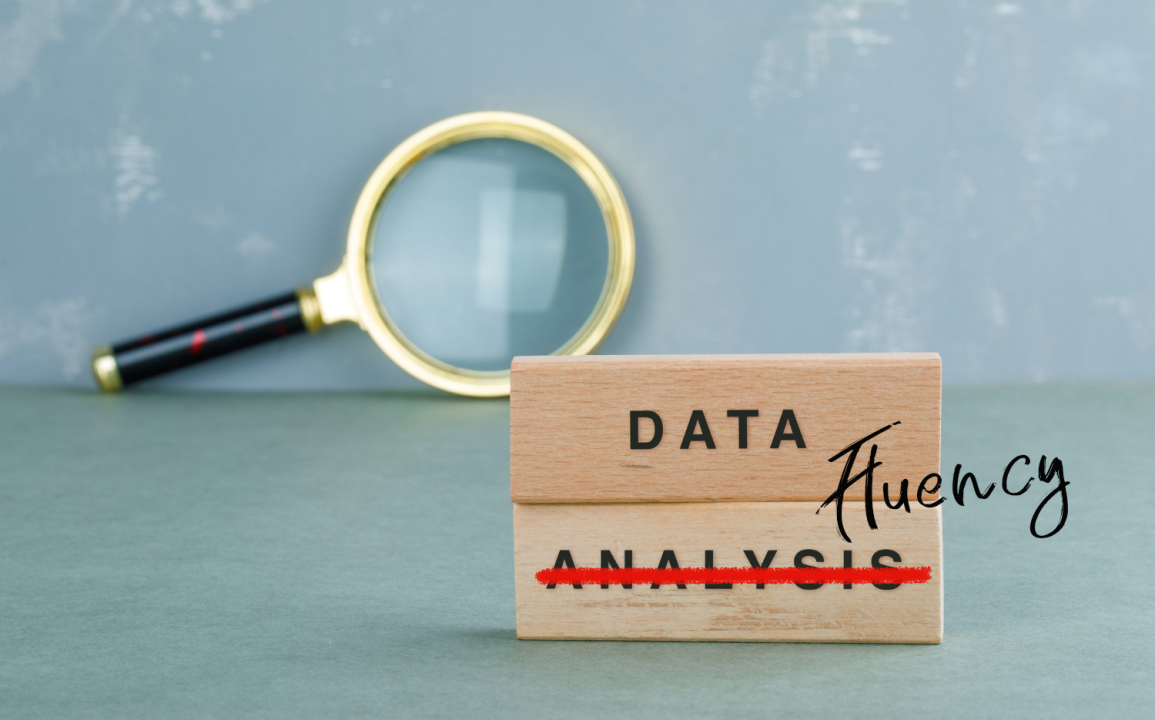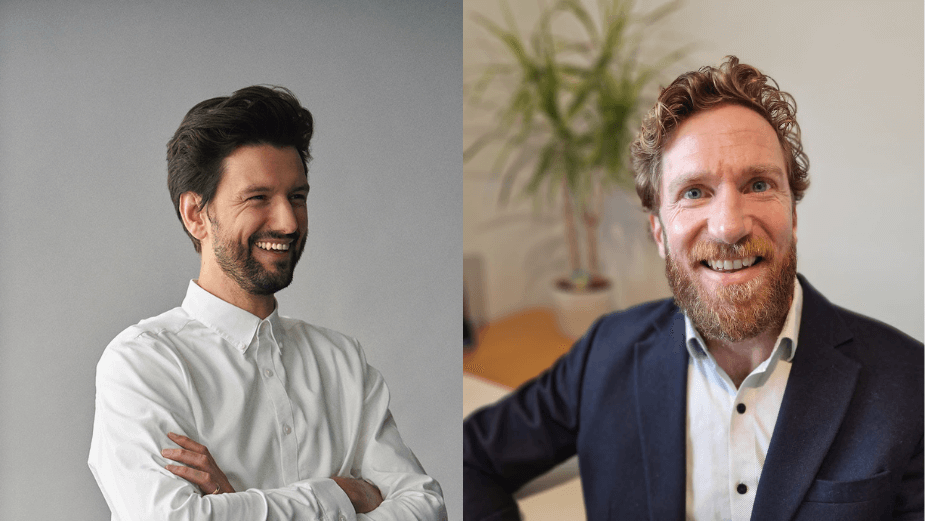
Mind The Gap: Closing the Say-Do Gap with Fluency

M&C Saatchi Fluency’s Tim Spencer and Matt Steel on how Fluency is heralding a new era of better-quality research and insight that gets us closer to the truth.
As our world becomes increasingly data-rich, organisations are starting to capitalise on new frontiers of insight that make their operations more impactful, and effective.
Much focus is on generating a deeper understanding of people: who and where they are, what they think and why, and how they behave. But conventional research is struggling to keep pace, and there is increasing acknowledgement of a “Say-Do Gap”, where insight lacking in quality and depth risks misleading decision-makers.
In this article, LBB talks to Tim Spencer, CEO and Matt Steel, business development and marketing director from M&C Saatchi’s award-winning data-consultancy Fluency, to understand what the Say-Do Gap is, why it is so important for decision-makers to understand, and why Fluency is heralding a new era of better-quality research and insight that gets us closer to the truth.
What is the say-do gap?
In simple terms, the Say-Do Gap refers to the disconnection between what people say, compared with what they do. In conventional market research – most often surveys or focus groups – the Say-Do Gap stems from a range of factors including social desirability bias, faulty memory, situational influence, behavioural inconsistencies – all the way through to simple respondent fatigue and poor research design.
It’s easy to see how it happens.
Consider how conventional research is used to try to understand consumer frequency or spend.
We might ask, for example, how many times a respondent has ‘eaten out’ in the last 3 months or how much they spent. We ask the question knowing that we ourselves would struggle to answer it accurately – most people would need a calculator, diary, and an afternoon to figure it out. Inevitably, the responses aren’t reliable.
It’s why David Ogilvy famously reflected that, “the problem with market research is that people don’t think how they feel, they don’t say what they think, and they don’t do what they say”.
The problem and the opportunity for decision-makers
The problem for decision-makers, is Ogilvy was right. Fluency has conducted a year-long investigation with a major global retailer proving the size of the Say-Do Gap is a genuine concern, to the point of being misleading for decision-makers and potentially damaging to their organisations.
And we see examples of this gap everywhere, not just in recency, frequency, or volume questions. Consider just one example of the gap in relation to intent from the auto industry: in 2021, “20% of consumers” declared they intended to buy an electric vehicle that year. Electric vehicles ended up accounting for just 7% of new car sales.
Despite the known shortcomings, hundreds of billions of dollars are pumped into conventional market research every year. Those who realise the shortcomings are often to resigned to thinking, it’s the best we’ve got. But for decision-makers looking to manage risk and improve their outcomes, it paints a troubling picture.
Conventional research, when used effectively, remains a highly valuable research tool. But the exciting reality is the world has changed dramatically since Ogilvy first levelled his criticism. There has been a transformation in data availability and in technology bringing rapid access to the full spectrum what people see, say, think, feel, and do.
Fuelled by the mass adoption of the internet, the birth of ecommerce, the digitisation of news media and the advent of social media, and the now tens of billions of devices collecting our every tap, awe-inspiring amounts of diverse data is being produced and stored at vast scale which, combined with a wave of powerful new AI, has revolutionised our opportunity to close the Say-Do Gap.
This new era will significantly improve the business-critical, high-quality insights that underpin valuable decision-making in organisations, placing research and insight at the front of the queue as one of the most powerful tools an organisation now has.
But decision-makers – our clients – need help to access this potential effectively.
Why Fluency
It’s unlikely Fluency would exist if this new world was simple. We created Fluency because as the world becomes more complex, data and technologies have fragmented creating barriers for our clients. To get the full fruits of this new era, clients urgently need greater fluency. Because much like fluency in a foreign language, it unlocks a world of opportunity.
Our purpose at Fluency is to empower clients to be data-fluent because data fluency connects them to this opportunity and helps them to win. Doing so requires a new approach, one that carefully arranges diverse data sets and accompanying technologies in a meaningful and robust way. In turn, that requires good understanding of the right data and technology to use for the task – while moving at the pace of what is a fast-advancing field.
We focus on the challenge, instead of defaulting to a research solution. And powered by our investment in a highly diverse $5m data stack of world-leading suppliers, and an ecosystem of breakthrough AI, team of data scientists, engineers, analysts and consultants are able to focus on creating high-impact insight for our clients.
Simple steps
Faced with unfamiliarity, it is easy to revert to conventional research. But when the quality of the answer has a profound impact on decisions taken in the organisation, generating higher quality, deeper, and business-differentiating insights is clearly right investment to make.
We’d love to hear from you, and chat about the simple steps we can take together to create better data fluency for you and your organisation.
Related articles





